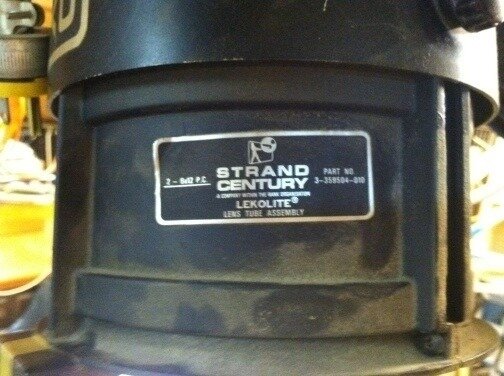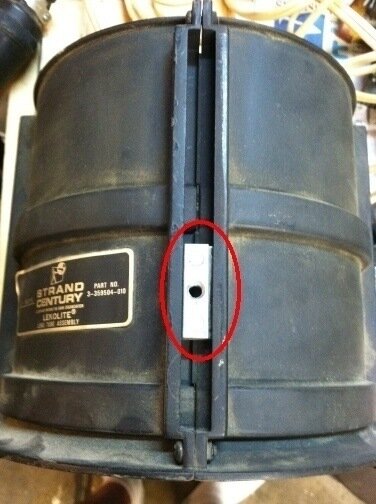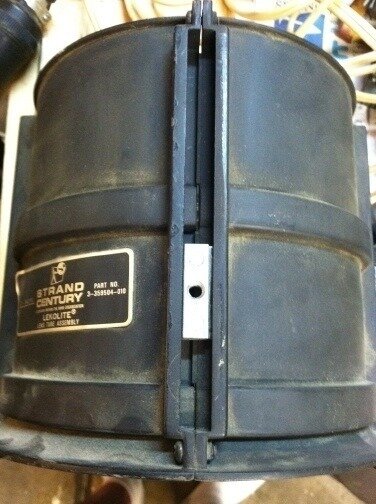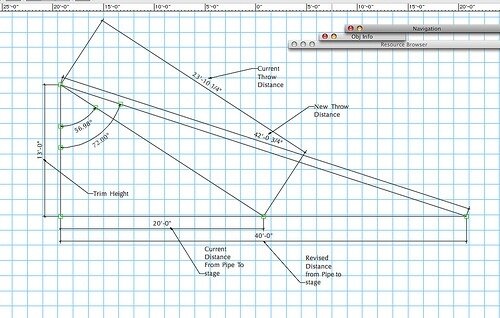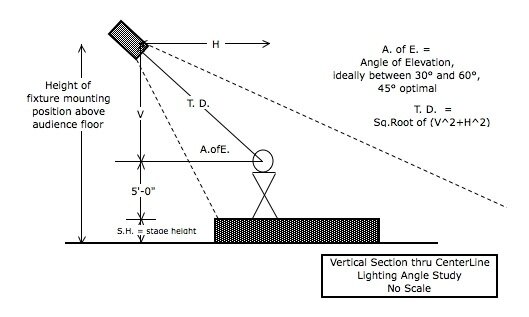misterd
Member
Hi there,
I'm a high school senior handling lighting for a new black box theatre for a community theatre (seats about 60).
I was given ten lekos at 1000w to light the small stage-- only problem is that our space is limited, so that my lekos are, on a diagonal, about 20 feet from the front edge of the stage.
Pathetic cross-section:

In addition to having a really uneven illumination (spotlighting created by lekos is easily seen), there are a lot of shadows. I just really don't know what to do to get the set and the actors illuminated well with this setup.
How can I reduce shadows and reduce visible spotlighting?
Thanks so much in advance.
-Shaun
I'm a high school senior handling lighting for a new black box theatre for a community theatre (seats about 60).
I was given ten lekos at 1000w to light the small stage-- only problem is that our space is limited, so that my lekos are, on a diagonal, about 20 feet from the front edge of the stage.
Pathetic cross-section:

In addition to having a really uneven illumination (spotlighting created by lekos is easily seen), there are a lot of shadows. I just really don't know what to do to get the set and the actors illuminated well with this setup.
How can I reduce shadows and reduce visible spotlighting?
Thanks so much in advance.
-Shaun
Last edited:



